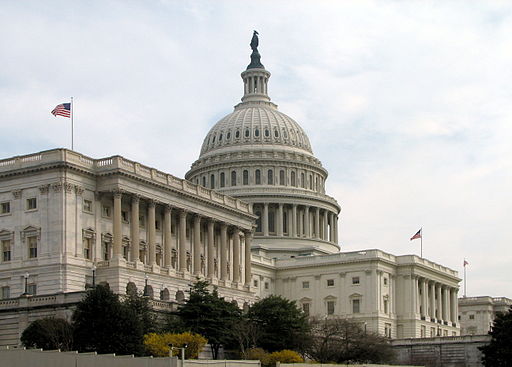Category: 2022 elections
-
Ballotpedia’s analysis of 2022 local ballot measures in top 100 largest cities and state capitals

There were 382 local ballot measures in 39 different states on the ballot for voters in the top 100 largest cities in the U.S. and state capitals. Of the measures, 348 (91.10%) were approved, and 34 (8.90%) were defeated. Of the 382 local ballot measures within the top 100 cities and state capitals in 2022,…
-
Signatures required for ballot initiatives decreased by 7.34% on average following the 2022 election

Signatures required for ballot initiatives decreased by 7.34% on average following the 2022 election. Heading into 2023, signature requirements for citizen-initiated measures will change in 20 states. There are 26 states that allow for initiatives or referendums, and in each of these states, the number of signatures required is tied to another number. The most…
-
2022 sees second-highest level of recall activity since Ballotpedia began tracking

In 2022, Ballotpedia tracked 247 recall efforts against 414 officials. This is the second-highest number of recall efforts since Ballotpedia began tracking this statistic in 2014. Only 2021 had more recall activity—with 357 recall efforts against 545 officials. Michigan was the state with the most officials facing recall efforts for the second time since Ballotpedia…
-
Four top-100 mayoral offices changed party control in 2022

Twenty-four of the 100 largest U.S. cities by population held mayoral elections in 2022. Mayoral offices changed partisan control in four of those races, resulting in no net change in the number of offices held by Republicans and Democrats. Once all mayors elected in 2022 are sworn in, Democrats will hold 62 top-100 mayoral offices,…
-
Voters approve of 71% of the 99 statewide constitutional amendments on the ballot in 2022

From 2006 through 2022, a total of 1,139 constitutional amendments were proposed and put before voters. Of this total, voters approved 819 proposed changes to state constitutions. Every state but Delaware requires voters to ratify proposed state constitutional amendments. There are four ways that proposed constitutional amendments can be proposed and put on the ballot…
-
Watson defeats Israel in Austin mayoral runoff election

Kirk Watson defeated Celia Israel in the December 13, 2022, nonpartisan general runoff election for mayor of Austin, Texas. Watson received 50.4% of the vote to Israel’s 49.6%. According to KUT Public Media‘s Audrey McGlinchy, “Tuesday’s race was tight. Israel beat out Watson by just 17 votes among Travis County voters, which represent the vast…
-
Democratic party committees pulled ahead or Republicans in cumulative 2022 fundraising

Six party committees have raised a combined $1.8 billion through November 28 according to the penultimate Federal Election Commission campaign finance reports for the 2022 election cycle. During the most recent filing period, the Democratic committees raised $91 million and the Republican committees raised $57 million. From October 20 to November 28, the Democratic Senatorial…
-
Warnock (D) defeats Walker (R) in the runoff election for U.S. Senate in Georgia

Incumbent Raphael Warnock (D) defeated Herschel Walker (R) in the runoff election for U.S. Senate in Georgia on December 6, 2022. Warnock and Walker were the top-two vote-getters in the November 8, 2022, general election, with Warnock winning 49.4% of the vote to Walker’s 48.5%. Libertarian Chase Oliver won 2.1% of the vote and did…
-
Israel, Watson running in Dec. 13 runoff for mayor of Austin

Celia Israel and Kirk Watson are running in the Dec. 13 nonpartisan general runoff election for mayor of Austin, Texas. Israel and Watson, who have both served in the state legislature as Democrats, were the top two vote-getters in the Nov. 8 general election. Israel received 40% of the vote and Watson received 35% of…
-
Voters approved 10, rejected 4 local measures in San Francisco

Voters in San Francisco decided on 14 local ballot measures on Nov. 8. Ten were approved and four were defeated. Four were citizen initiatives, of which, one was approved and three were defeated. The city’s board of supervisors referred 10 of the measures to the ballot, of which 9 were approved and one was defeated.…

